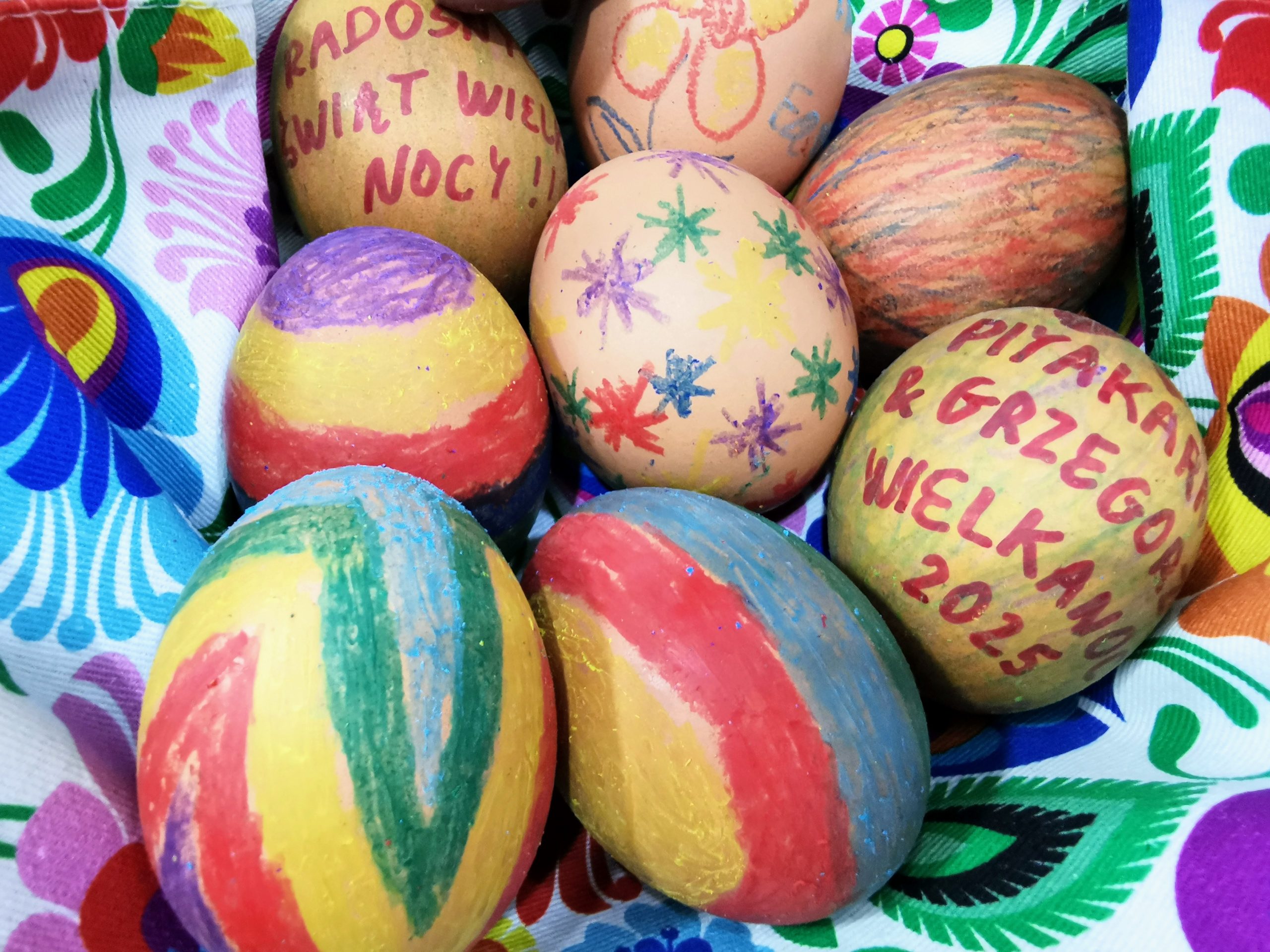Polish Easter, known as Wielkanoc, is one of the most significant and joyful celebrations in Poland. Rooted deeply in Catholic tradition, Easter in Poland is not only a solemn religious holiday but also a vibrant cultural event filled with symbolism, family warmth, and beautiful rituals. Among these traditions, the święconka, or Easter basket blessing, holds a special and beloved place.
The Easter Basket (Święconka): A Symbol of Blessing and Abundance
In the days leading up to Easter, Polish families prepare a beautifully decorated basket, known as the święconka, filled with symbolic samples of food. The most important items in the basket are the pisanki — colorfully painted and intricately decorated eggs. These eggs represent new life and the resurrection of Christ and are often created using traditional methods passed down through generations, involving beeswax, dyes, and delicate patterns.
Alongside the pisanki, the basket usually includes:
- Bread – symbolizing Jesus, the Bread of Life
- Salt – for purification
- Sausage or ham – representing abundance and God’s generosity
- Horseradish – recalling the bitterness of Christ’s suffering
- Butter and/or cheese – often shaped into a lamb (baranek) to symbolize the Lamb of God
These baskets are lined with white linen and often adorned with sprigs of boxwood (a symbol of eternal life) and lace cloths.
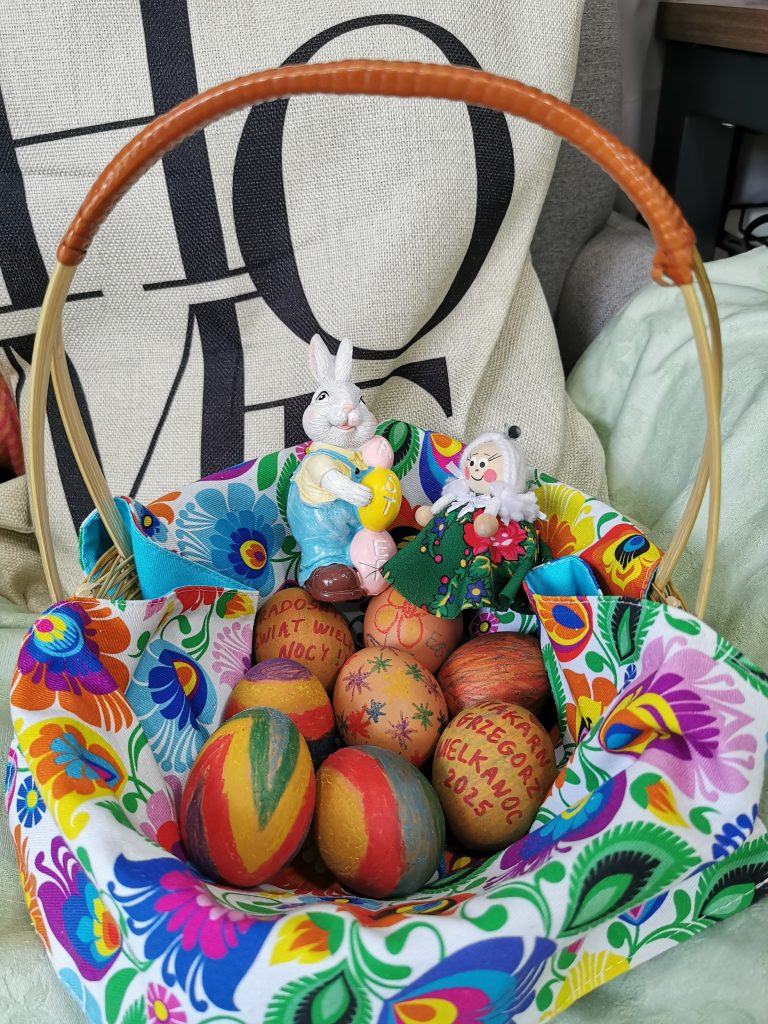
The Blessing of the Baskets
On Holy Saturday, families head to church carrying their carefully arranged baskets. There, the priest blesses the contents with holy water during a special ceremony. This ritual, although solemn, carries a joyful and communal atmosphere. Churches are filled with rows of baskets, laughter, and the excited chatter of children who proudly present their own mini versions of święconka.
Easter Morning: A Meal of Sharing and Joy
Easter Sunday begins with a festive breakfast — the first meal after Lent’s fasting. Families gather around the table to share the blessed food, beginning with the eggs. Each person takes a piece and exchanges Easter greetings such as Wesołego Alleluja! (“Happy Hallelujah!”) or Wesołych Świąt Wielkanocnych! (“Happy Easter Holidays!”). It’s a moment to express good wishes for health, happiness, and prosperity. This act of sharing symbolizes unity, love, and new beginnings. The breakfast also includes other traditional dishes like żurek (sour rye soup with sausage and eggs), kapuśniak (sauerkraut soup), biała kiełbasa (white sausage), and various salads.
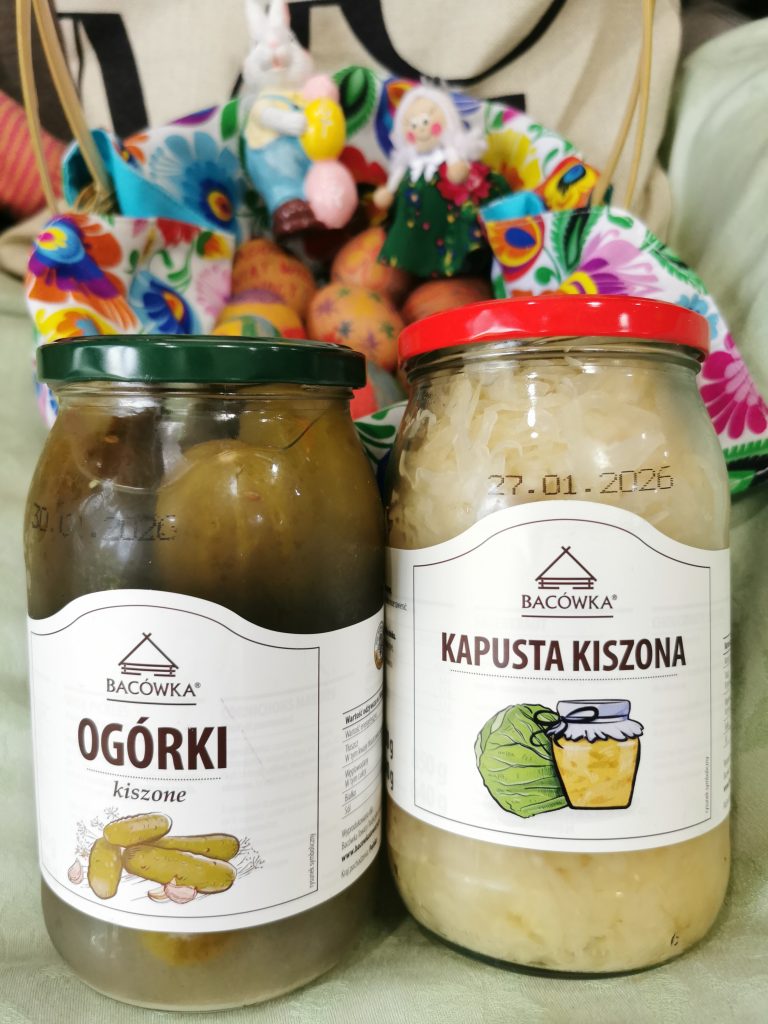
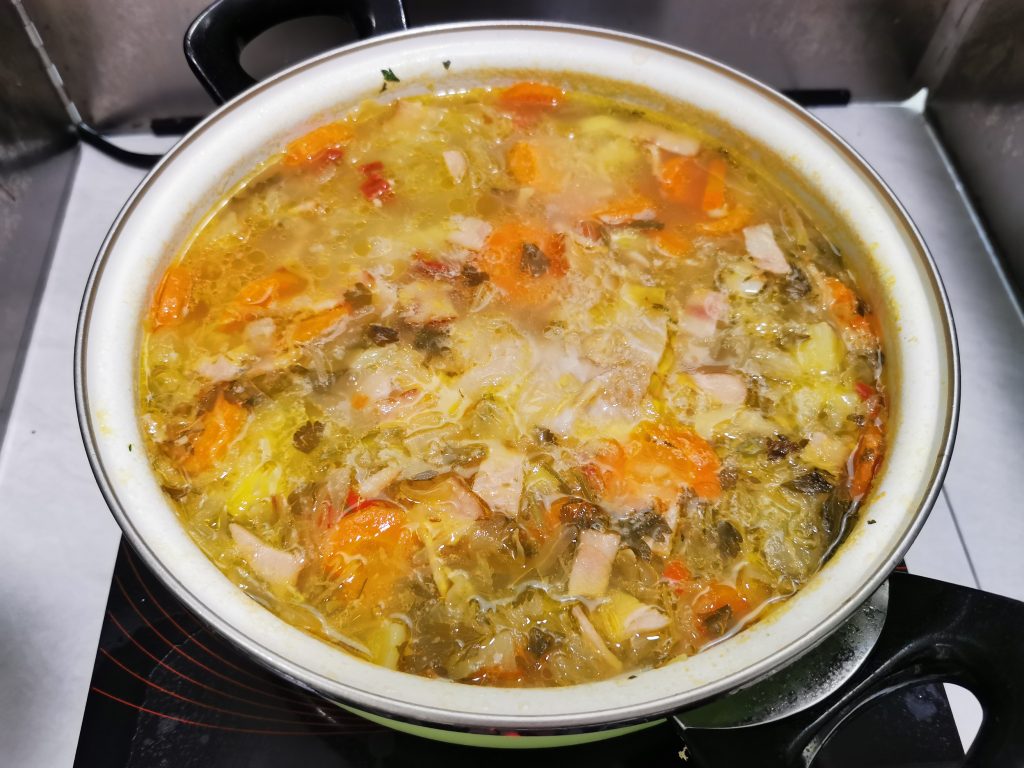
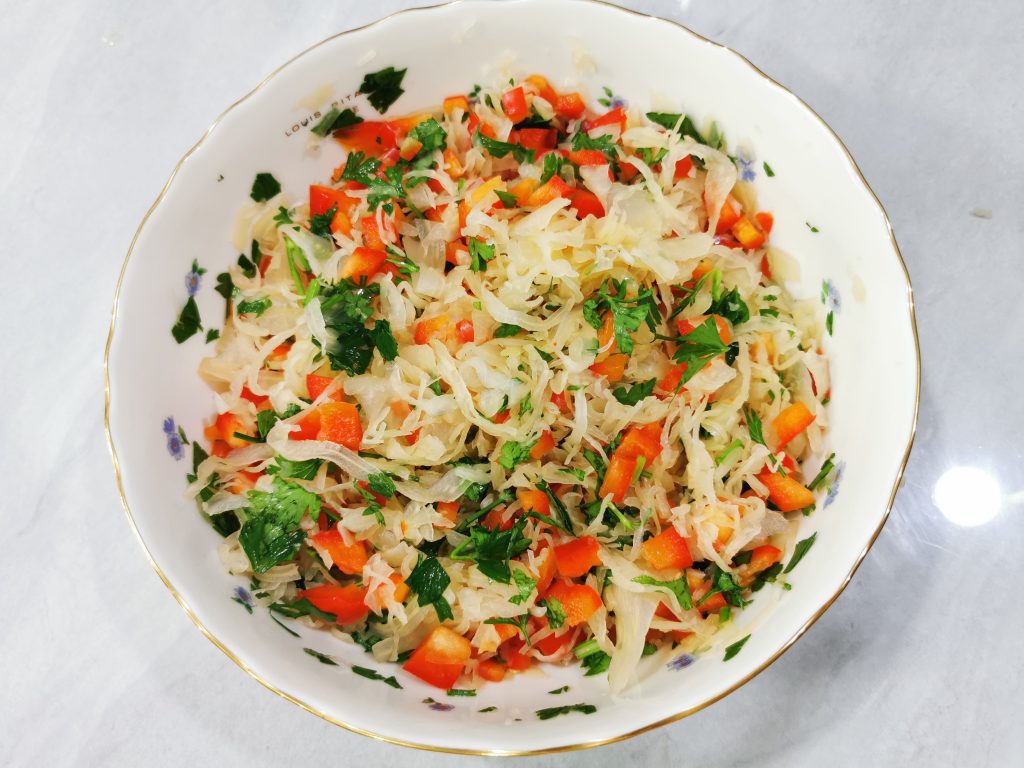
Śmigus-Dyngus: The Joyful Water Fight of Easter Monday
The Easter joy continues into Monday with Śmigus-Dyngus, also known as Wet Monday (Lany Poniedziałek). This playful tradition involves splashing water on one another, especially among children and young people. Originally rooted in pagan spring rites and later adapted into Christian customs, Śmigus-Dyngus symbolizes purification, renewal, and good fortune. In many parts of Poland, it’s common for boys to douse girls with water (sometimes with buckets or water guns), though in modern times it has become a friendly water fight for all. While surprising and wet, the tradition is embraced with laughter and good spirits, adding a cheerful and lighthearted ending to the Easter celebrations.
A Celebration of Faith and Family
Polish Easter is a beautiful blend of religious devotion and cherished family customs. The święconka basket, with its vibrant pisanki and blessed foods, serves as a powerful reminder of faith, renewal, and togetherness. Whether in Poland or abroad, these traditions continue to be passed down through generations, keeping the spirit of Wielkanoc alive.
